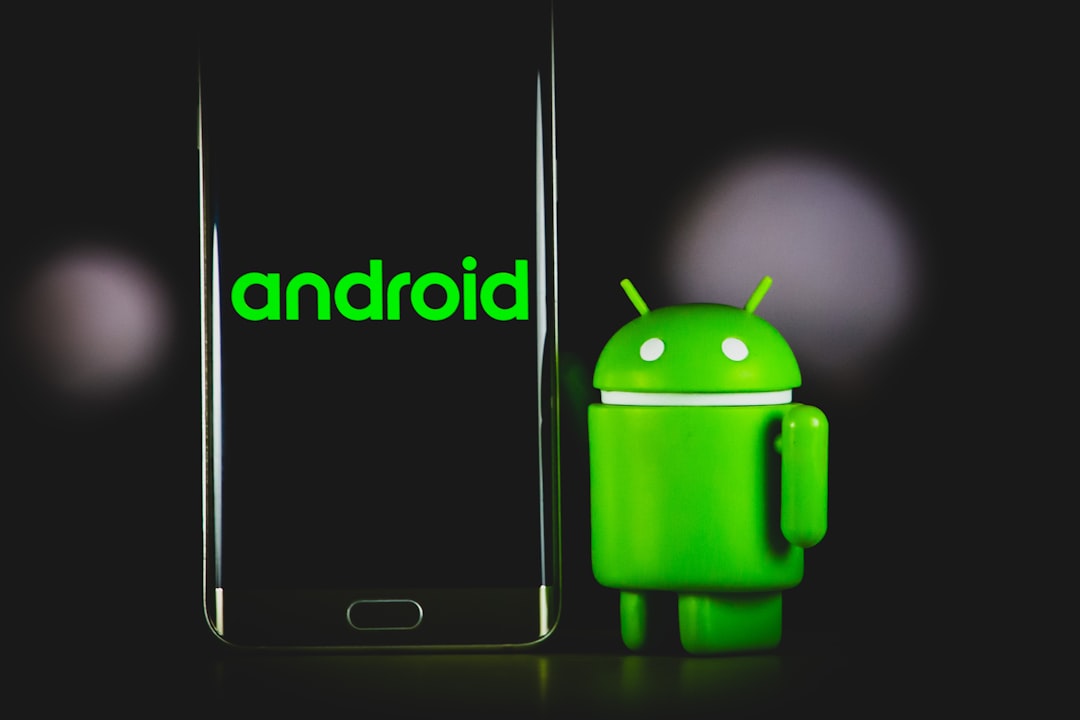In 2008, the smartphone industry was on the brink of a major transformation. The introduction of the first iPhone in 2007 had already set new expectations for mobile technology, and competitors were racing to innovate. One company that made a significant impact during this era was HTC, a Taiwanese electronics manufacturer known for producing high-quality mobile devices. That year, HTC introduced a revolutionary device that would forever change the smartphone landscape—the HTC Dream, also known as the T-Mobile G1.
The First Android Phone
The HTC Dream, released in September 2008, was the world’s first commercially available smartphone running Google’s Android operating system. This was a major milestone in mobile technology, as it marked the beginning of what would soon become the dominant smartphone platform globally. Unlike other competitors at the time, the HTC Dream provided users with a new level of customization, openness, and flexibility.

Design and Hardware
The HTC Dream featured a unique design that distinguished it from other smartphones of the era. Instead of a full touchscreen design like Apple’s iPhone, it included both a touchscreen and a slide-out physical QWERTY keyboard, catering to users who still preferred physical keys for typing.
Some key specifications of the HTC Dream included:
- A 3.2-inch TFT touchscreen with a resolution of 320×480 pixels
- A single-core Qualcomm MSM7201A processor clocked at 528 MHz
- 192 MB of RAM and 256 MB of internal storage (with microSD expansion)
- A 3.2-megapixel rear camera (with no front camera)
- A trackball for additional navigation
- A removable 1150 mAh battery
While these specifications might seem underwhelming by today’s standards, they were quite advanced for a smartphone in 2008. The inclusion of a trackball and hardware buttons allowed for easier navigation, which was important at a time when touchscreens were still relatively new.
The Software Revolution: Android 1.0
Perhaps the most groundbreaking feature of the HTC Dream was its operating system. Android 1.0 introduced a completely different approach to mobile software compared to existing platforms like iOS, Symbian, and Windows Mobile.
Some of the key features of Android 1.0 included:
- A home screen with widgets for customization
- A pull-down notification bar, a feature that would later be adopted by all smartphone platforms
- The Android Market (now Google Play Store) for downloading third-party apps
- Google services integration, including Gmail, Google Maps, and YouTube
- The ability to run multiple applications simultaneously
Android’s open-source nature allowed manufacturers and developers to innovate freely, which gave it a competitive edge over Apple’s tightly controlled iOS ecosystem.
Market Reception and Impact
Upon release, the HTC Dream received mixed reactions. While many praised its innovative operating system and physical keyboard, some criticized its bulky design and lack of features like a standard headphone jack and multi-touch support. However, the phone’s real legacy was not in its immediate success but in its long-term impact.
The HTC Dream paved the way for future Android smartphones, proving that an open-source mobile operating system could compete with—and eventually surpass—Apple’s iOS. In the years that followed, Android grew into the most widely used mobile OS in the world, with HTC being one of the key early players in this success.
Legacy of the HTC Dream
Despite being discontinued in later years, the HTC Dream remains a landmark device in smartphone history. It was the starting point for what would eventually become the massive Android ecosystem, which today includes thousands of devices from a wide range of manufacturers.
HTC, for its part, continued to play an important role in the smartphone industry, releasing many innovative devices such as the HTC One series. However, competition from other manufacturers like Samsung eventually pushed HTC to the sidelines.

Conclusion
The HTC Dream was more than just a smartphone; it was the foundation of a technological revolution that changed the way people interact with mobile devices. As the first commercially available Android phone, it played a crucial role in shaping the modern smartphone industry. Although HTC is no longer the dominant force it once was, its contribution to the rise of Android ensures that its legacy endures. For those who remember using the HTC Dream, it remains a nostalgic symbol of the early days of smartphone innovation.









